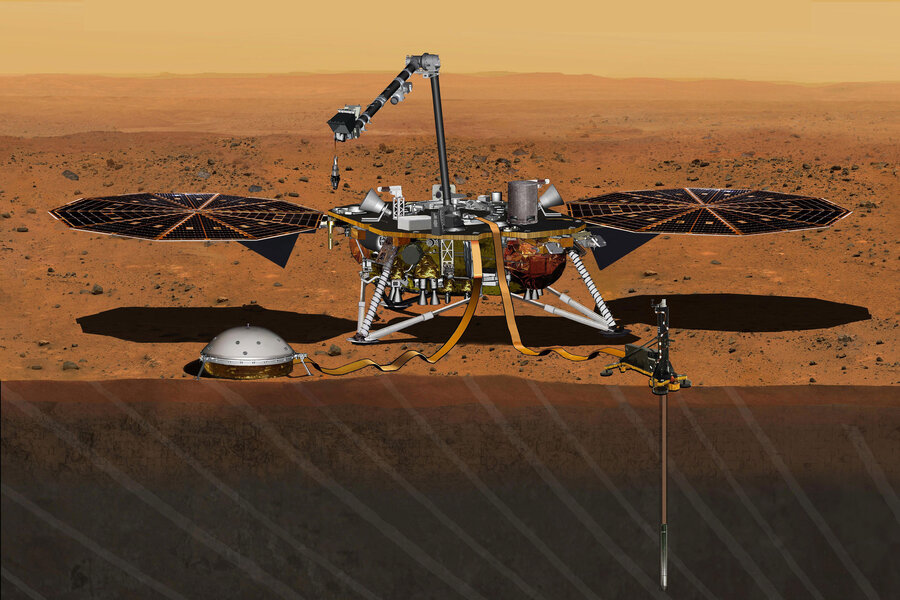NASA postpones next Mars mission: How big of a setback is it?
NASA's next mission to Mars has been delayed until at least 2018 by a broken vacuum seal on the spacecraft, and the problem could threaten the whole mission.
The mission of the spacecraft, called InSight, is to study the interior of Mars. No planet besides Earth has yet been studied in this way, but the pouch that protects the spacecraft's seismometer, which measures ground movement, is not holding a vacuum, according to NASA.
“It’s the first time ever that such a sensitive instrument has been built," Marc Pircher, director of the French space agency that provided the seismometer, said in a NASA release. "Our teams will find a solution to fix it, but it won’t be solved in time for a launch in 2016."
The conditions are right for a launch to Mars only every 26 months or so, and then only for a few weeks at a time. This pushes the InSight's launch back to 2018 at least, and further if the part ends up needing a redesign, which could take five years.
“We push the boundaries of space technology with our missions to enable science, but space exploration is unforgiving, and the bottom line is that we’re not ready to launch in the 2016 window," said John Grunsfeld, an administrator for NASA’s Science Mission Directorate in Washington, in a NASA press release.
Cost will also impact the decision of whether the spacecraft launches. NASA has already spent $525 million of the $675 million budget for the InSight mission.
"A decision on a path forward will be made in the coming months, but one thing is clear: NASA remains fully committed to the scientific discovery and exploration of Mars," Mr. Grunsfield said in a NASA press release.
The problem has delayed and could possibly cancel the mission of one spacecraft to Mars, but what does it do to progress on NASA's overall Mars goals? It certainly doesn't help, writes Eric Hand for Science Insider:
A new launch date is not a forgone conclusion. The agency will review designs to fix the problem with the instrument, and also estimate the cost of putting the mission on ice for 2 years—and whether that can be paid for. It could take a couple months to reach that decision point, NASA science chief John Grunsfeld said during a teleconference [Tuesday]. 'We either decide to go forward, or we don’t.'
NASA insists the delayed launch of the InSight does not jeopardize NASA's overall goal of reaching Mars, although Mars enthusiasts are taking the news rather hard.
“We’re all just pretty disappointed right now. Devastated would be a better word,” Lisa Pratt, chairwoman of a NASA advisory committee on Mars told Science Insider. “Everyone has been waiting to get a seismic instrument on Mars after Viking.”
This report contains material from the Associated Press and Reuters.







